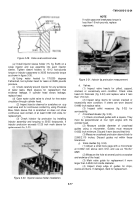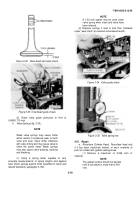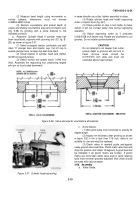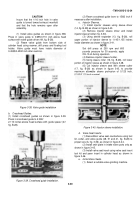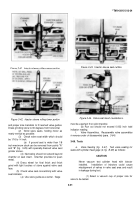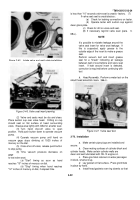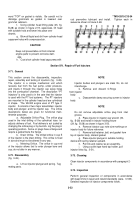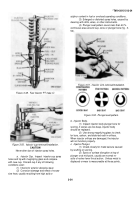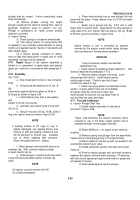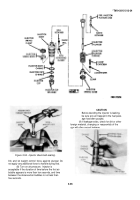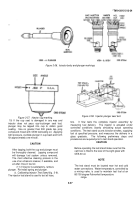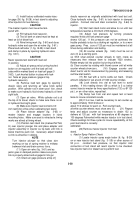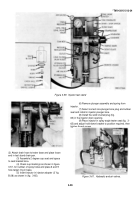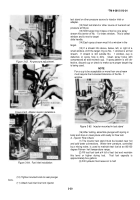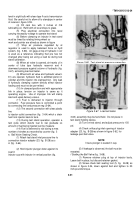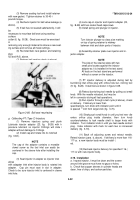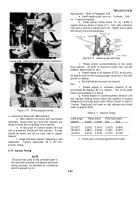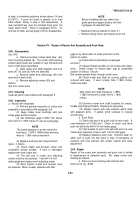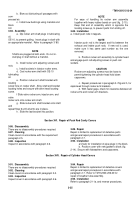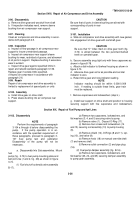TM-9-2815-213-34 - Page 56 of 192
*TM 9-2815-213-34
Figure 3-56.
Injector body and plunger markings.
Figure 3-57.
Injector cup marking.
10) If the cup seat is damaged in any way and
injector does not pass cup-to-plunger seat test,
plunger may be lapped into cup to obtain good
seating.
Use no greater than 300 grade lap- ping
compound mixed with OE30 lubricating oil.
Applying
light pressure, oscillate plunger in cup back and forth
for approximately one minute.
CAUTION
After lapping, both the cup and plunger must
be thoroughly cleaned.
Lapping compound
will damage fuel system unless removed.
The most effective cleaning process is the
use of an ultrasonic cleaner, if available, and
an after rinse in fuel oil.
(11) If injector is satisfactory, remove
plunger.
Re-install spring and plunger.
b.
Calibrating Injector Test Stand
(fig.
3-9).
The injector test stand is used to test all injec.
Figure 3-58.
Injector plunger seat test.
tors.
It flow tests the complete injector assembly by
measuring fuel delivery.
The injector is actuated under
controlled conditions closely simulating actual operating
conditions.
The test stand counts injection strokes, supplying
fuel at specified pressure, and measures the delivery in a
glass graduate.
The following preliminary steps and
procedures are required prior to test stand operation.
CAUTION
Before operating the test stand make sure that the
cam box is filled to the level of the sight glass with
OES-30 oil.
NOTE
The test stand must be located near hot and cold
water connections.
Water temperature, controlled by
a mixing valve, is used to maintain test fuel at an
80/100 degree Fahrenheit temperature
range.
3-27
Back to Top

